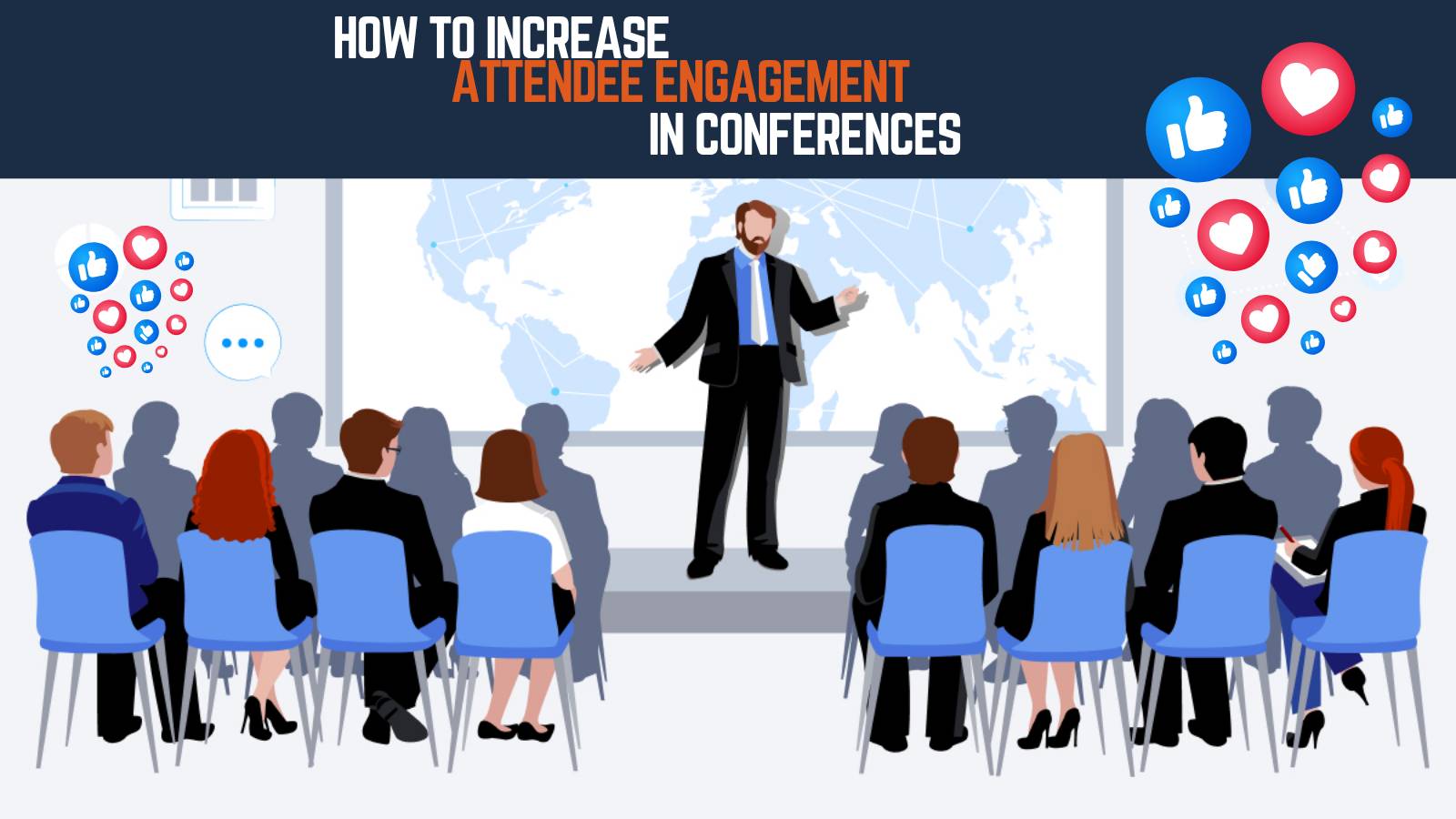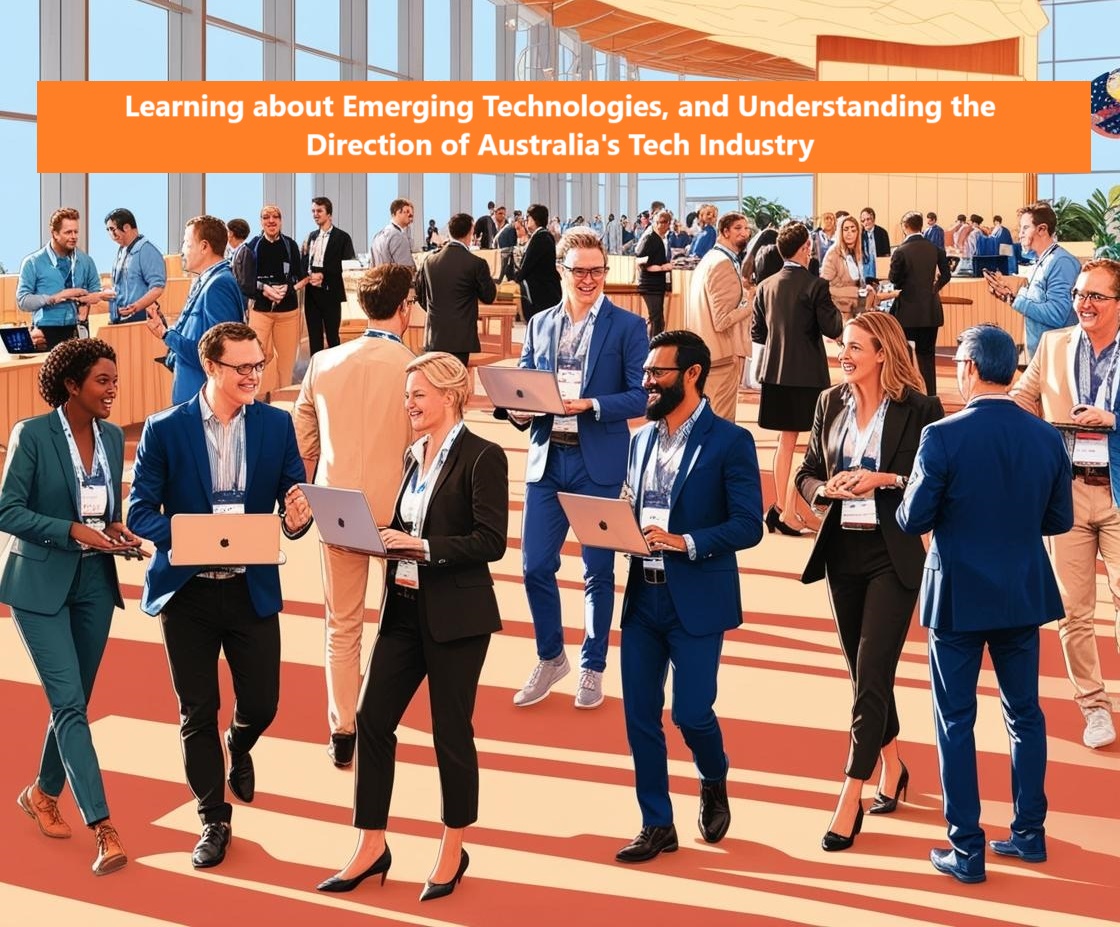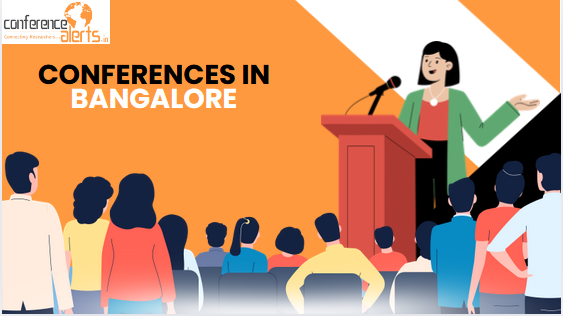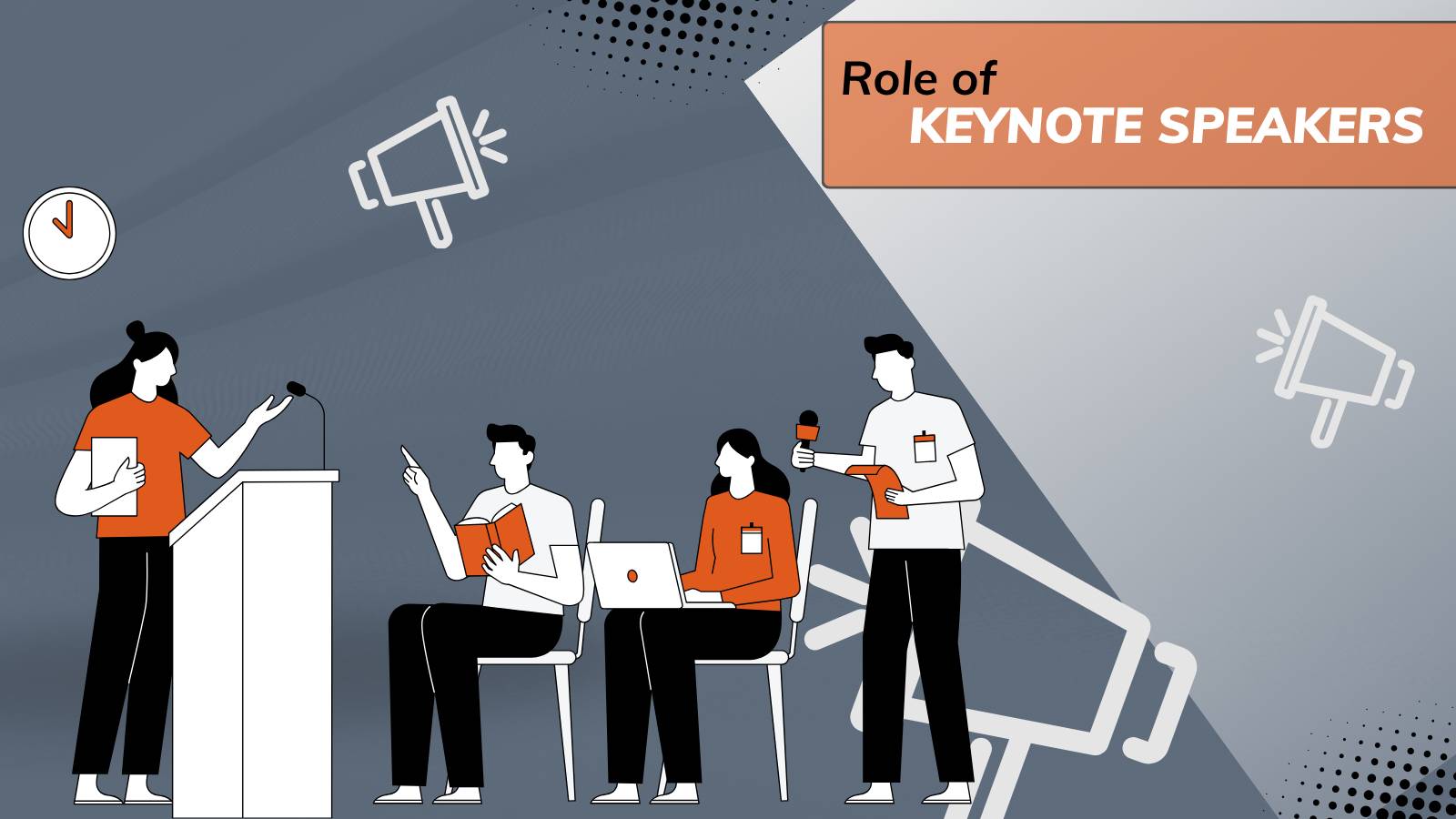Conferences have evolved into more than just formal gatherings of industry experts — they are now immersive experiences designed to inspire, educate, and connect people from across the globe. The real measure of an event’s success lies not in the number of registrations but in the Attendee Engagement throughout the conference. When participants are deeply engaged, they interact more, learn better, and form lasting connections that extend beyond the event.
Here are effective strategies to enhance Attendee Engagement, covering every stage of the conference — before, during, and after — so that your event creates a lasting impression.
Why Attendee Engagement Matters for Conference Success
Engagement is the heartbeat of any successful conference. It ensures that attendees are not just physically present but are mentally and emotionally involved. A highly engaged audience is more likely to:
- Absorb key insights from speakers and panels.
- Contribute meaningfully to discussions and workshops.
- Build stronger professional networks.
- Share their positive experiences on social media.
For organizers, higher Attendee Engagement means greater event satisfaction scores, better feedback, and more returning participants in future conferences. Moreover, sponsors and stakeholders also prefer supporting events that deliver high engagement, as it reflects better brand visibility and stronger ROI.
Understanding Attendee Engagement in Conferences
Attendee Engagement is multi-dimensional — it includes emotional connection, cognitive learning, and social interaction. To understand engagement:
- Emotional Engagement: How connected attendees feel to the event’s theme or speakers.
- Cognitive Engagement: How much attention they give to the sessions and how much knowledge they gain.
- Social Engagement: The extent to which they connect with other attendees, speakers, and organizers.
Organizers often face challenges like “conference fatigue,” where participants lose interest due to long sessions, lack of interactivity, or poor content delivery. Understanding these barriers early allows you to design strategies that keep attendees energized and invested throughout.
Pre-Event Strategies to Boost Engagement
Engagement begins long before attendees walk into the venue. Building anticipation and personalizing the experience early can make a huge difference.
Personalized Event Invitations and Registrations
Instead of sending generic invites, tailor messages to align with the attendee’s professional background or interests. Modern registration systems allow attendees to pick their preferred tracks or workshops, which makes them feel valued. For example, offering customizable agendas gives attendees control and boosts their commitment to attend.
Social Media Campaigns and Event Communities
Start engaging weeks before the event. Create LinkedIn groups, Twitter threads, or Facebook event pages to foster pre-conference discussions. Encourage participants to introduce themselves, share what they’re looking forward to, and connect with like-minded peers. This builds excitement and makes attendees arrive already feeling like part of a community.
Using Event Apps and Digital Platforms
Event apps help centralize communication. They allow attendees to view schedules, set reminders, and even chat with other participants. By integrating gamification features, you can encourage attendees to engage even before the conference begins, such as earning points for joining pre-event discussions or polls.
Designing an Interactive Conference Agenda
The agenda sets the tone for engagement. A monotonous agenda filled only with long speeches can quickly drain energy. Instead, balance learning with interactivity.
Sessions with Live Q&A and Polls
Live polls and Q&A sessions keep audiences attentive because they feel their voices matter. Tools like Slido or Mentimeter allow real-time input, which makes attendees part of the conversation rather than passive listeners.
Workshops and Panel Discussions
Workshops encourage hands-on learning and collaboration. For instance, in a healthcare conference, attendees could work in groups to analyze a case study, making the session both practical and engaging. Panel discussions with diverse experts allow attendees to hear multiple viewpoints and even raise their own questions, which sparks deeper conversations.
Balancing Keynote Speakers with Engagement Activities
Keynote speakers are critical for inspiration, but balance them with smaller, interactive sessions. This ensures attendees stay refreshed and engaged throughout the day rather than experiencing “content overload.”
Leveraging Technology for Real-Time Engagement
Technology is a game-changer when it comes to driving Attendee Engagement.
- Event Apps: Beyond agendas, apps can feature matchmaking tools that connect attendees with similar interests.
- Live Polls and Feedback Tools: These create instant interactions between audiences and speakers, making sessions dynamic.
- Gamification: Leaderboards, quizzes, scavenger hunts, and challenges can inject fun into professional settings. For example, awarding badges for visiting exhibition booths encourages participation.
- AR/VR Experiences: Augmented and virtual reality can provide immersive demonstrations — ideal for industries like tech, architecture, or healthcare.
Role of Keynote Speakers in Driving Engagement
Keynote speakers have the power to set the mood for the entire event. Selecting the best keynote speakers is critical because they can inspire, challenge, and energize your audience.
Engaging keynote speakers don’t just present facts; they use storytelling, humor, and interactive elements to connect with audiences. Some may invite live questions, conduct short activities, or even encourage digital participation through hashtags. Attendees who feel connected to the speaker are more likely to stay engaged throughout the rest of the event.
Networking Opportunities That Encourage Participation
Conferences are as much about networking as they are about learning. Well-structured networking opportunities increase attendee satisfaction and make events more memorable.
Icebreaker Activities and Small-Group Sessions
Icebreakers like “two truths and a lie” or industry-specific trivia can help attendees feel comfortable. Small-group sessions encourage deeper conversations rather than surface-level introductions.
Speed Networking and Roundtables
Speed networking provides a fast-paced environment where attendees rotate to meet several people in a short time. Roundtable discussions on niche topics allow professionals with similar interests to dive deeper into meaningful conversations.
Virtual Networking for Hybrid Events
For hybrid or virtual attendees, networking should not be overlooked. Create breakout rooms, AI-driven matchmaking, or virtual lounges where online participants can engage without feeling left out.
Engaging Attendees with Conference Content
Content is king, but how it’s delivered determines its impact.
- Downloadable Resources: Providing presentations, e-books, or whitepapers ensures attendees leave with tangible value.
- Event Hashtags: Encourage attendees to share their takeaways online using branded hashtags. This not only drives social engagement but also markets the event.
- User-Generated Content: Run contests where participants share selfies, posts, or short videos about their experiences. Highlighting their contributions on big screens or social media makes them feel appreciated.
Post-Event Engagement Strategies
Your conference doesn’t end when attendees leave the venue. Post-event engagement keeps your community alive and prepares them for future events.
Thank-You Notes and Surveys
Send personalized thank-you notes that highlight the attendee’s contributions. Pair them with surveys asking about their favorite sessions, speaker feedback, and suggestions. This shows you value their opinion and provides insights for improvement.
Sharing Recorded Sessions and Highlights
Not every attendee can participate in all sessions. Sharing recorded content allows them to revisit valuable sessions, and it also extends the event’s reach to those who couldn’t attend live.
Building Long-Term Community Engagement
Create ongoing communities through Slack groups, LinkedIn forums, or dedicated platforms. Sharing industry news, hosting mini-webinars, or providing exclusive content keeps your attendees connected until the next event.
Measuring Attendee Engagement at Conferences
To continuously improve, it’s essential to measure Attendee Engagement. Some effective metrics include:
- Session Attendance Rates: Which sessions attracted the most participation?
- Interaction Levels: How many questions were asked, polls answered, or networking connections made?
- Social Media Activity: Number of posts, hashtag mentions, and engagement rates.
- Post-Event Feedback: Ratings and survey responses that reflect attendee satisfaction.
These insights allow you to refine strategies and create even more impactful conferences in the future.
When you focus on engagement, you are not just hosting an event — you are building experiences and communities that attendees will remember and return to year after year. The effort you invest in engagement today ensures the long-term success and growth of your conferences tomorrow.




